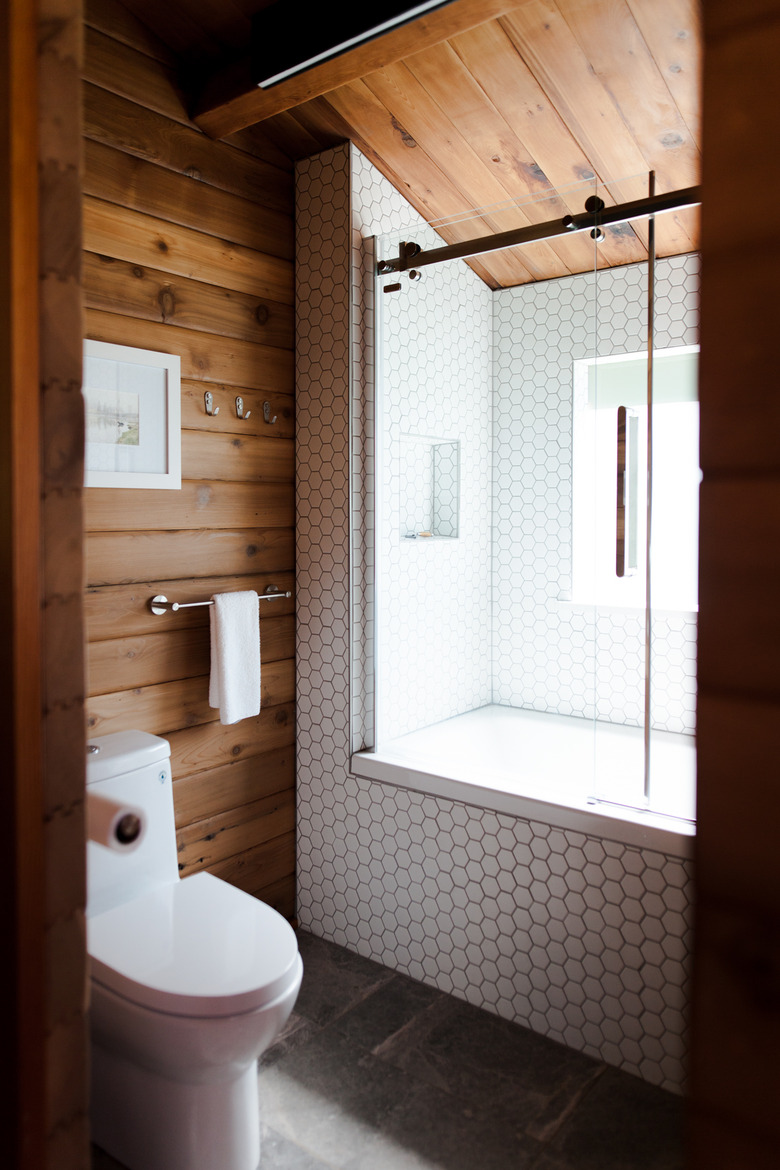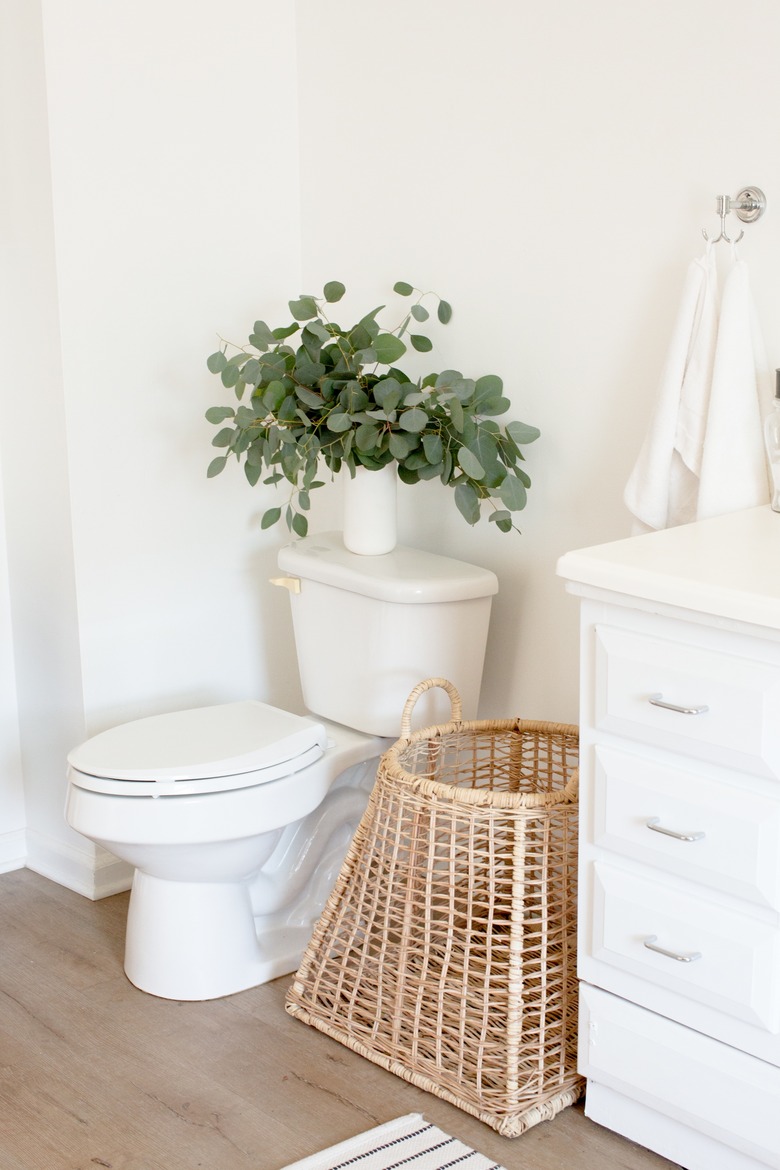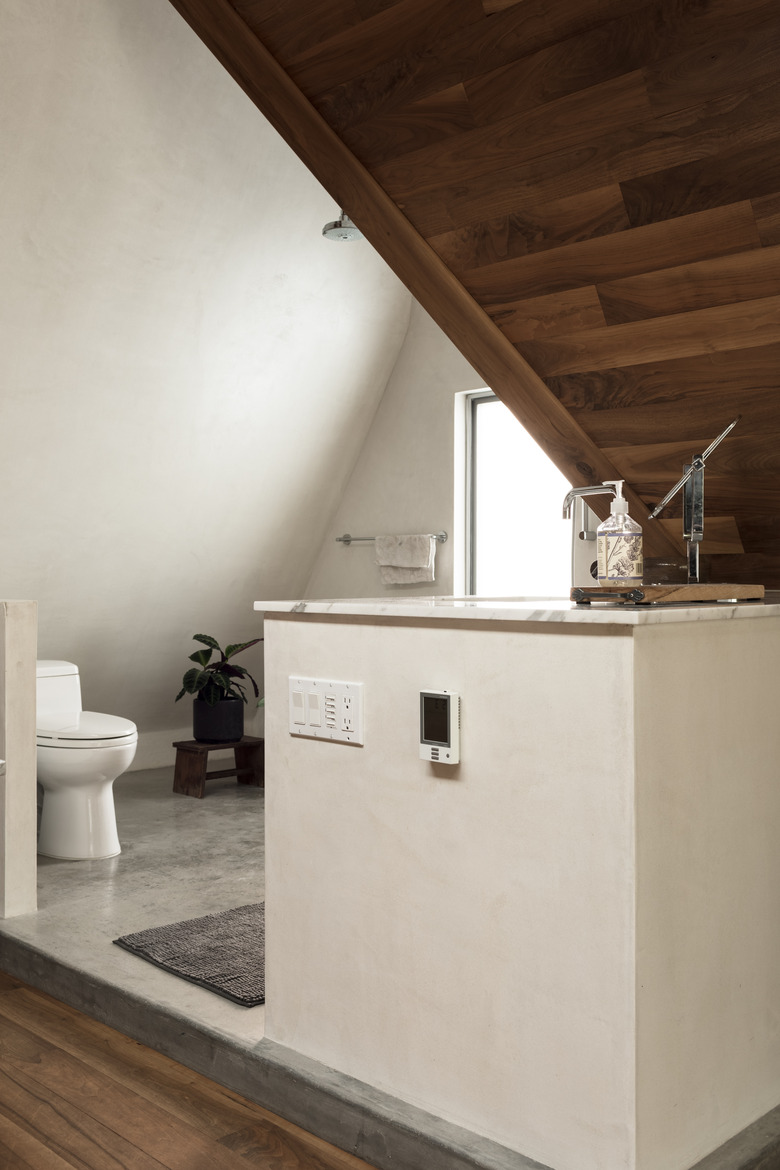Toilet Plumbing Essentials: A Homeowner's Guide
Everyone takes toilet plumbing for granted, but the modern toilet is a technological wonder. The history of the modern toilet goes back to the Middle Ages, but even after Thomas Brightfield invented the first one in London in 1449, as History Extra relates, it didn't catch on until much later due to the lack of plumbing systems that could handle the waste. Flush toilets may have even made matters worse by contributing to waste dumped into the River Thames that led to the "Great Stink" of 1858.
Popular misconception has it that Englishman Thomas Crapper invented the toilet, but he wasn't born until 400 years after Brightfield, and "crapper" had been a slang word for the water closet well before that. What Crapper did do is invent the ballcock flush mechanism, which was the one most commonly used until fairly recently. Today's toilets work as well as they do because developments in sewage technology give the waste somewhere to go and because ever-evolving toilet design produces increasingly efficient and sanitary models.
Toilet Plumbing: The Toilet Drain
Toilet Plumbing: The Toilet Drain
The toilet drain begins on the floor just under the toilet bowl with a fitting called the toilet flange. This is a cast iron or plastic ring with an attached drainpipe that serves two purposes. One is to hold the toilet to the floor, so the flange is bolted to the subfloor, and it has slots for bolts to secure the toilet. The other is to provide a leak-proof transition from the toilet to the drain, and you usually seal it by laying a wax ring or a thick rubber gasket on it when you install the toilet.
Toilet drain pipes can be either 3 or 4 inches in diameter. Four-inch pipe can handle more water flow and clogs less easily, so it's a better choice for a drain line that serves multiple toilets, but a plumber installing a single toilet that runs directly to the home's main drain usually uses 3-inch pipe. The outflow from the toilet must fill the pipe momentarily to develop the suction necessary to empty the bowl, and that happens more easily with 3-inch pipe.
When installing a toilet waste line, you always provide an elbow just below the flange, and the easiest way to do this is to install a closet bend, which is a 90-degree elbow that attaches to the flange pipe. This is another measure to slow water flow momentarily to allow suction to develop. The waste line then extends horizontally for some distance at a minimum slope of 1/4 inch per foot toward the main drain before dropping vertically.
Toilet Plumbing: The Drain Vent
Toilet Plumbing: The Drain Vent
Plumbing codes require every drain to have a P-trap, which holds a pool of water in its inverted P-shaped pipe that blocks sewer gases — and creepy crawlies— from coming into the house. Every trap must be connected to a vent system that extends outside the building, usually through the roof. The P-trap for the toilet is located inside the toilet, right behind the toilet bowl. The point at which the bowl meets the flange is the trap outlet, and some codes require the vent to be a minimum distance from this outlet.
Specifically, the Uniform Plumbing Code (UPC) — which is in use for the coastal Western states, the Northern states west of Michigan and a few others — sets a limit of 6 feet between the trap and the vent opening. The International Plumbing Code (IPC), which is in use for other states, has no distance limitation, but local codes might, so you should always check. The two codes also differ in vent size. The UPC requires the vent pipe to be 2 inches in diameter, while the IPC requires it to be half the diameter of the drain pipe, so the IPC allows a 1 1/2-inch vent for a 3-inch drain pipe.
Venting is required because it allows air into the pipes to maintain water flow. A blocked vent is the source of many toilet problems, including frequent clogs, slow flushing, gurgling and unpleasant odors. If that's happening to your toilet, it's a good idea to get a plumber to check and clean the vents.
Toilet Plumbing: The Water Supply
Toilet Plumbing: The Water Supply
Unlike the drain system, the toilet water supply line is fairly uncomplicated. It consists of a 1/2-inch supply pipe, which is usually copper, that carries cold water from a 3/4-inch water main or branch line somewhere in the house. The pipe sticks out of the wall just under the toilet tank, and before you install the toilet, you solder a shut-off valve to it or, if you don't like soldering, you connect one with a compression fitting that you can tighten with a wrench. Most toilet shut-off valves have a 3/8-inch male threaded outlet onto which you screw the flexible hose that connects to the toilet tank, and most standard flexible hoses for making toilet connections have a 3/8 -inch connector that fits it.
If you want to install a Japanese-style toilet seat with a bidet that sprays warm water, you'll have to install a second supply line that connects to the water heater. This would have its own shut-off valve and connects to the device you're installing with a second flexible hose.
Because it's used infrequently, the toilet shut-off valve can get stuck with corrosion, preventing you from turning it off when you need to repair the toilet. To avoid this, it's a good idea to turn it on and off every few months, and if you find it hard to turn, spray some lubricant on it to dissolve the corrosion.
The Flush and Fill Valves
The Flush and Fill Valves
When you lift the lid from the toilet tank, you'll see the fill valve just above the connection point of the water supply. Until the time when low-water-usage toilets came into use around 1992, most toilets had ballcock-style fill valves of the type invented by Crapper, which have long metal armatures, on the end of which is an air-filled plastic ball. Contemporary fill valves have a cup that rides up and down the valve pipe, which is designed to prevent the tank water from siphoning back into the water supply. These valves are easier to adjust, and they don't get in the way like old ballcocks did.
The original flush valve, which is still widely used today, consists of a toilet flapper connected to a chain that is in turn connected to the flush handle. Some contemporary flush valves employ a canister that is also activated by a chain and that seals itself against the bottom of the tank instead of the top of the siphon opening. Other water-saving toilets have tanks full of pressurized water that gets forced into the siphon hole when you press the flush button.
Basic Toilet Repair
Basic Toilet Repair
Every bathroom should have a bell-shaped or bellows-style toilet plunger. This is the first tool for which you should reach when the toilet clogs. It will clear most clogs if you fill it with water by holding it at an angle under the water before you plunge. When plunging doesn't work, a toilet auger is the next option, and when that doesn't work, you may have to open a clean-out valve on a waste pipe and unclog the pipe from there.
A running toilet is one that doesn't shut off, and that's usually because the toilet flapper or canister is worn out and needs to be replaced. It could also be because the float mechanism is adjusted too high and needs to be lowered. Leaks make water bills increase, so you should handle them expeditiously.
Leaks from the bottom of the toilet are more serious, and they usually occur because the wax ring sealing the toilet to the flange is worn out. You have to remove the toilet to replace it. If the toilet has been leaking for a long time, the floor underneath it may be spongy, and if so, you need to have it repaired. Otherwise, the toilet won't be stable, and it will probably leak again.


